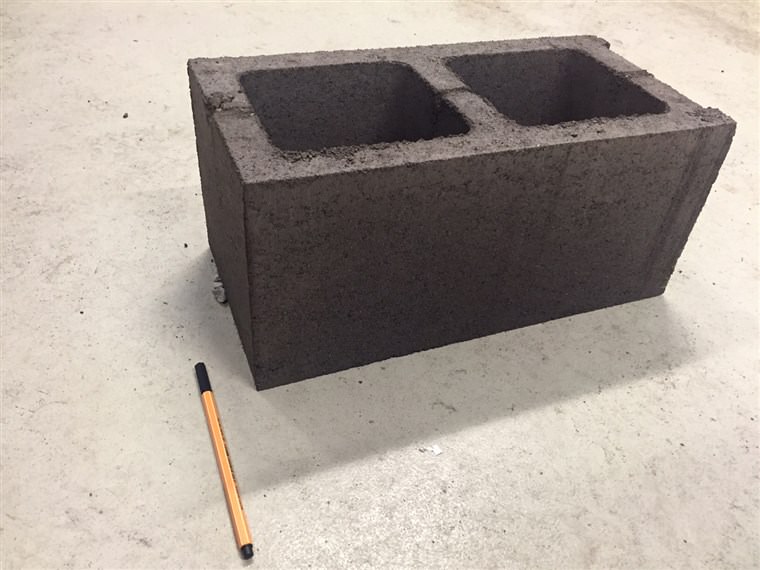Cement is an important component to make concrete, acting as a binding agent when mixed with water and aggregates. While this is a most widely used material in concrete, research has shown that we can still produce concrete – even stronger and environmentally friendlier – without cement.
Researchers in Canada have developed a carbon-negative concrete, that is without the carbon-emitting cement. Not only does it avoid the emissions generated in producing cement, the new concrete also consumes carbon dioxide.
A Montreal-based company called Carbicrete pioneered the technology of using steel slag, a byproduct of steel production, as a substitute for cement in concrete. Mehrdad Mahoutian, co-founder of the startup, got the idea when he was researching alternatives to cement while doing his PhD at McGill University.

“Steel slag is a perfect material for us. It can react with CO2, it can absorb CO2,” Mahoutian said. “It gains strength when it reacts with CO2.”
No external source of heat is required for the material to be processed. It only takes mixing of carbon dioxide and steel slag, later put under pressure to form calcium carbonate – the same ingredient that is found in traditional cement.
Steel slag is a waste product. Meanwhile, carbon dioxide required for the process could be sourced from industrial plants that capture carbon emissions.
“The materials (cost) about 20 per cent less than traditional concrete and the concrete is about 30 to 40 per cent better in compressive strength, so it’s actually a better product,” said Chris Stern, Carbicrete’s CEO and co-founder.
“It’s the too-good-to-be-true product,” he added.

Stern also mentioned about the CMU, or the concrete masonry unit, which weighs about 18 kilograms which is the traditional cinder block used in the construction industry.
“Within that 18 kilograms, there’s normally two kilograms of cement. In that production of two kilograms of cement, there’s two kilograms of CO2 that’s emitted,” Stern said. “So we avoid that CO2 that’s emitted, we also sequester one kilogram of CO2, so the total emitted or avoided is three kilograms per 18-kilogram CMU.”
The technology is promising but it might take a while before this gets commercialized, Stern admitted.
But Carbicrete is reaching the government for funds to put up a fully operational pilot plant, which they hope to be in Quebec. They say that the plant will cost millions of dollars.
As of writing, the team produces the carbon-negative blocks in its basement lab at McGill. The process requires heavy manual labor.
Source: Montreal Gazette
[This is an unedited version written by Engineer Dee for GineersNow in May 2018.]
